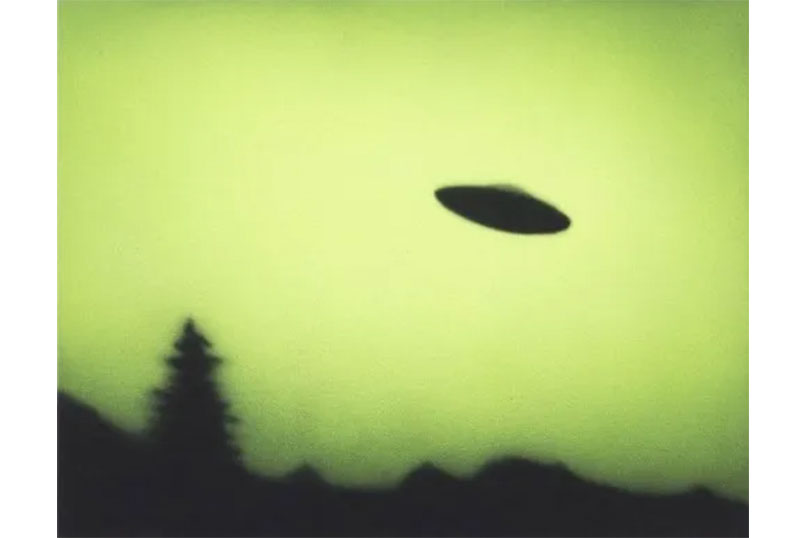Most people think art direction and creative direction are the same thing. They’re not. One deals in detail, the other in vision. One curates the moodboard, the other decides what story it’s telling.
If you’re building anything that lives in the culture—brands, books, fashion, digital experiences—you need to understand the difference. In this breakdown of art direction vs. creative direction, we’re not just defining terms.
We’re mapping roles that shape how ideas move from imagination to impact. Whether you’re leading a team or running solo, knowing which direction you need (and when) will either elevate your work—or leave it flat.
defining art direction
Art direction is about the visual execution of an idea. It lives in the composition, the textures, the font choice, the lighting. An art director is the one who translates abstract ideas into tangible design languages. They take the vision and make it visible. Think of them as the architect of the visual space.
An art director’s role revolves around:
- Selecting color palettes, typefaces, and design elements
- Guiding photo shoots, layout design, or visual assets
- Ensuring consistency in the brand’s look and feel
- Collaborating closely with photographers, illustrators, and designers
They make sure the visuals don’t just look good—they align with the intended emotion, tone, and aesthetic of the project.
defining creative direction
Creative direction, on the other hand, is about the big picture. It’s vision at scale. The creative director decides what the project stands for, what the message is, and how it should make people feel. It’s not about picking the right font—it’s about defining the mood that font needs to express.
Creative direction includes:
- Establishing the core concept or story of the project
- Aligning the creative with brand strategy and values
- Overseeing the tone, voice, and visual cohesion
- Leading the creative team (including the art director)
A creative director isn’t just solving visual problems—they’re defining what problem the project exists to solve.
5 key differences between art direction vs. creative direction
| difference | art direction | creative direction |
|---|---|---|
| focus | visual execution | overall vision + concept |
| scope | specific assets and aesthetics | brand message + emotional impact |
| tools | layouts, imagery, typography | strategy decks, briefs, storytelling |
| leadership | leads designers and artists | leads the entire creative team |
| deliverables | photoshoots, designs, mockups | campaigns, strategies, brand tone |
Understanding these distinctions between art direction vs. creative direction is what separates technicians from creative architects.
the role of art directors in projects
Art directors operate in the space where vision meets production. They’re in the trenches, making sure each frame, each asset, each layout lands with precision. They collaborate with photographers, stylists, illustrators, animators, and graphic designers to bring the creative vision to life.
Their strength lies in detail. They know how to translate abstract vision into tangible scenes that evoke emotion. They know when a photo is too clean. When a font feels off-brand. They know how to dial in the subtle visual tension that makes a piece hit just right.
the role of creative directors in projects
Creative directors are the ones defining what “right” even looks like. They steer the whole ship—from concept to tone to execution. They’re often client-facing, strategy-focused, and vision-led. They brief the team, protect the integrity of the concept, and make sure everything ties back to the core message.
A great creative director doesn’t micromanage. They trust their art director to handle the visuals. Their job is to keep the big idea alive—from pitch to final output.
how art direction and creative direction collaborate
Think of the creative director as the composer and the art director as the conductor. The creative director writes the symphony; the art director makes sure it sounds exactly how it’s supposed to in the room.
When the relationship works well:
- Creative directors offer a strong concept with cultural depth
- Art directors interpret and translate it with aesthetic precision
- Both roles feed off each other—ideas sharpen visuals, visuals evolve ideas
In high-performing teams, there’s trust and clarity between both. No ego. Just alignment.
the impact of direction styles on project outcomes
When creative direction is weak, projects feel scattered. When art direction is weak, they feel unpolished. But when both are locked in? That’s when you get cultural impact.
Bad direction leads to:
- Off-brand visuals
- Confused messaging
- Misaligned team execution
Good direction leads to:
- Cohesive identity
- Memorable experiences
- Emotional resonance
This is how brands like Off-White, A24, or Acne Studios carve space in culture. Direction is the difference between a post and a statement.
case studies: successful projects with clear direction
- Off-White™ Campaigns (Virgil Abloh)
Creative Direction: Set the tone, the philosophy, the narrative.
Art Direction: Manifested through stark photography, raw composition, industrial layouts. - Apple Product Launch Videos
Creative Direction: Precision, elegance, minimalism.
Art Direction: White space, refined gradients, product heroism. - Billie Eilish x Takashi Murakami Collab
Creative Direction: Youth rebellion meets art world credibility.
Art Direction: Animated collage, psychedelic textures, hybrid iconography.
Each case reflects the power of collaboration between vision and visual.
conclusion: choosing the right direction for your project
So which one do you need?
If you already have a clear idea but need help bringing it to life visually, you need art direction. If you’re still shaping the idea—the story, the vibe, the reason it even exists—you need creative direction.
The best work happens when both are present. One sees the big picture. The other paints it.
Choose your direction like you choose your message: with intention.
need tools to build with?
I’ve curated a selection of high-impact books, tools, and frameworks for creatives who move with clarity. Explore the resources page for what’s worth your time—and your energy.
go to resources
